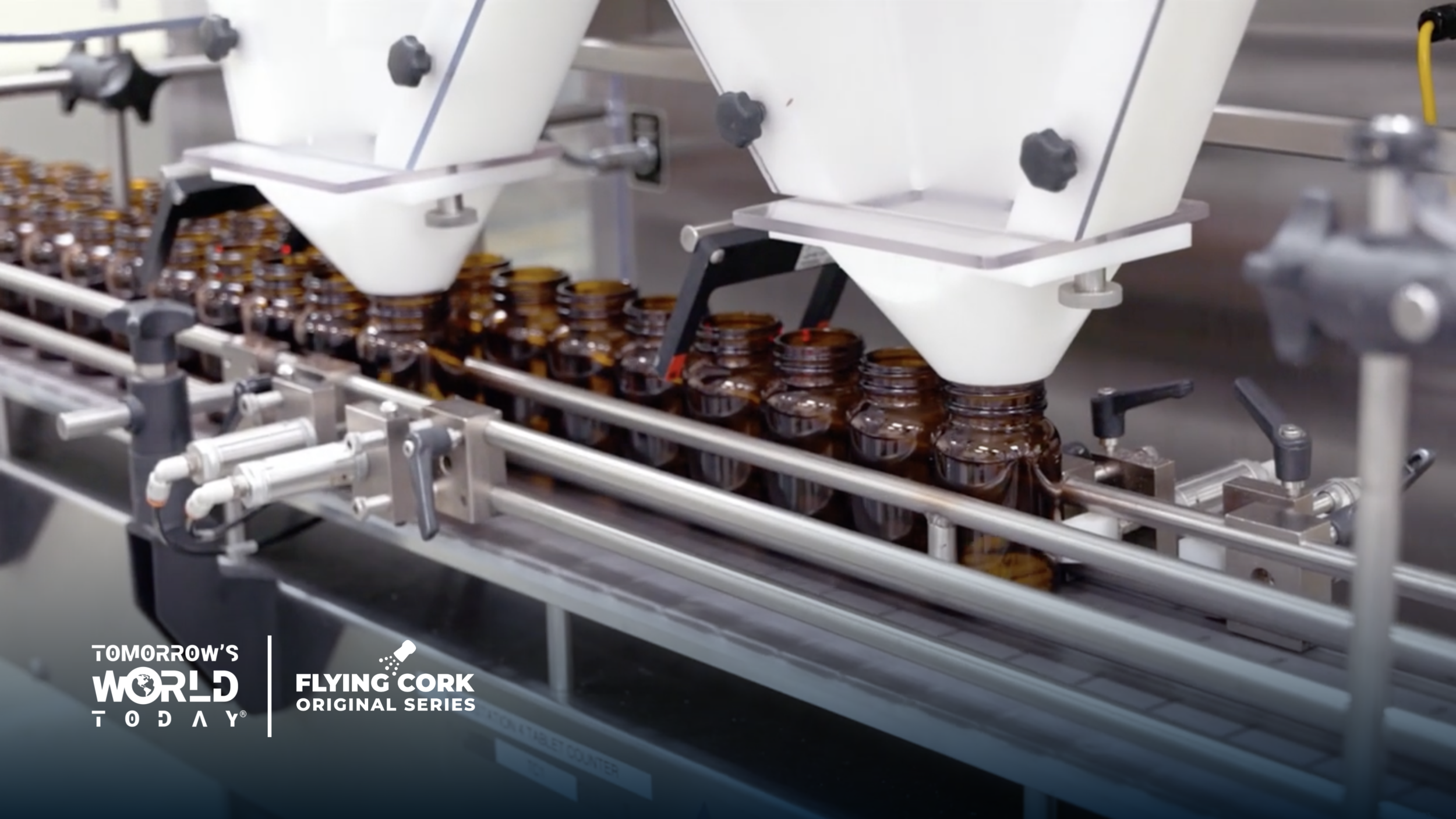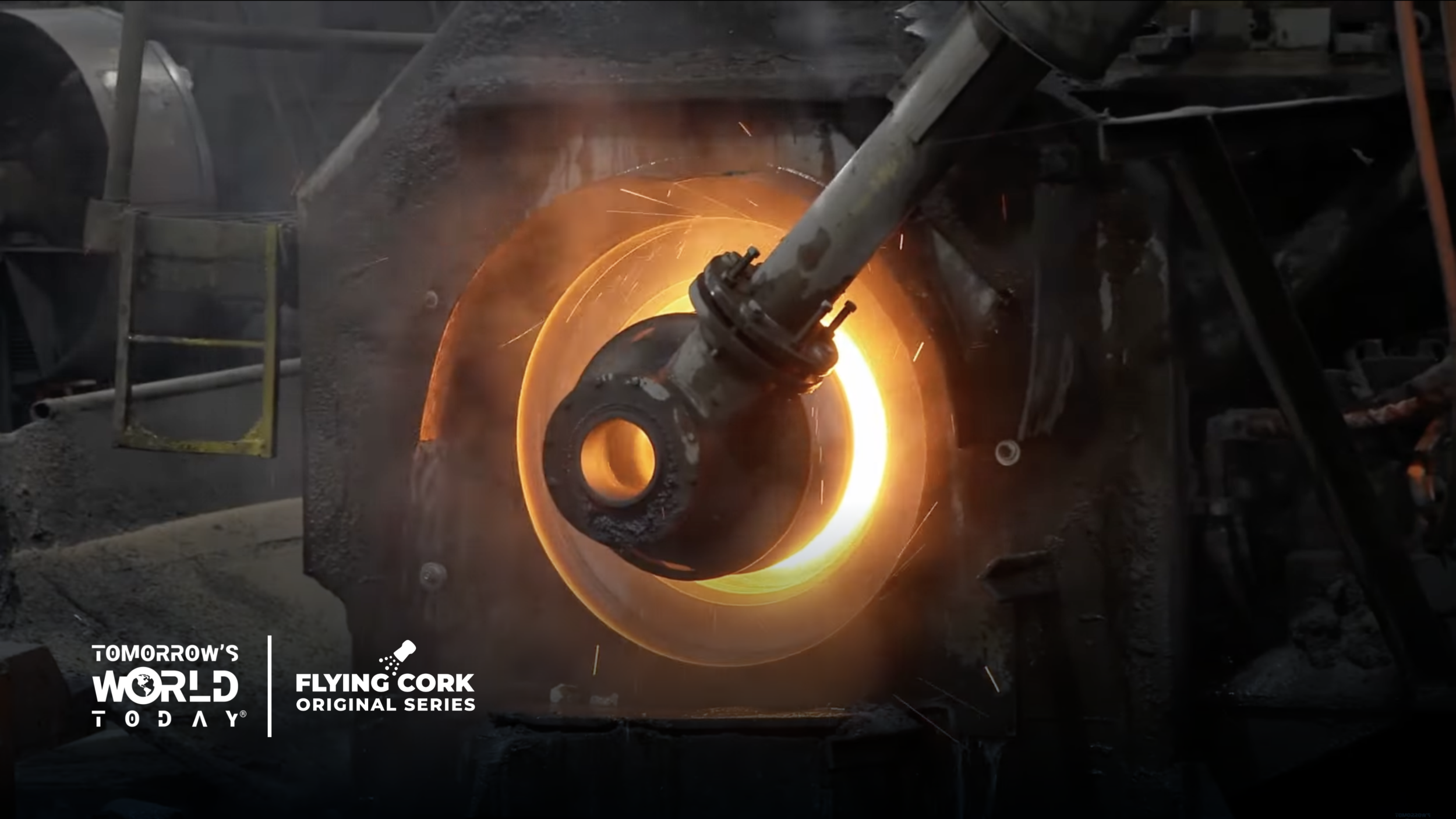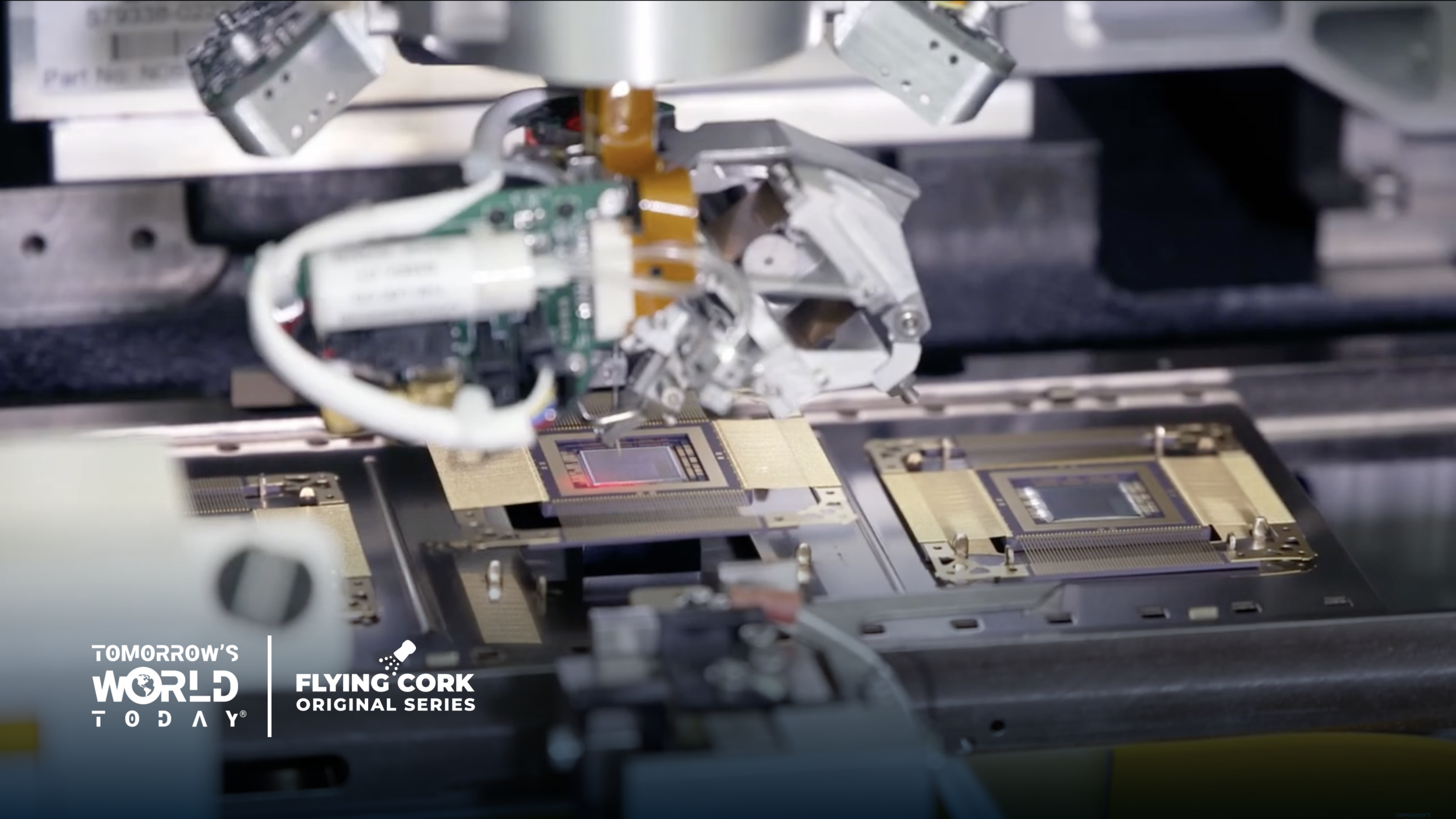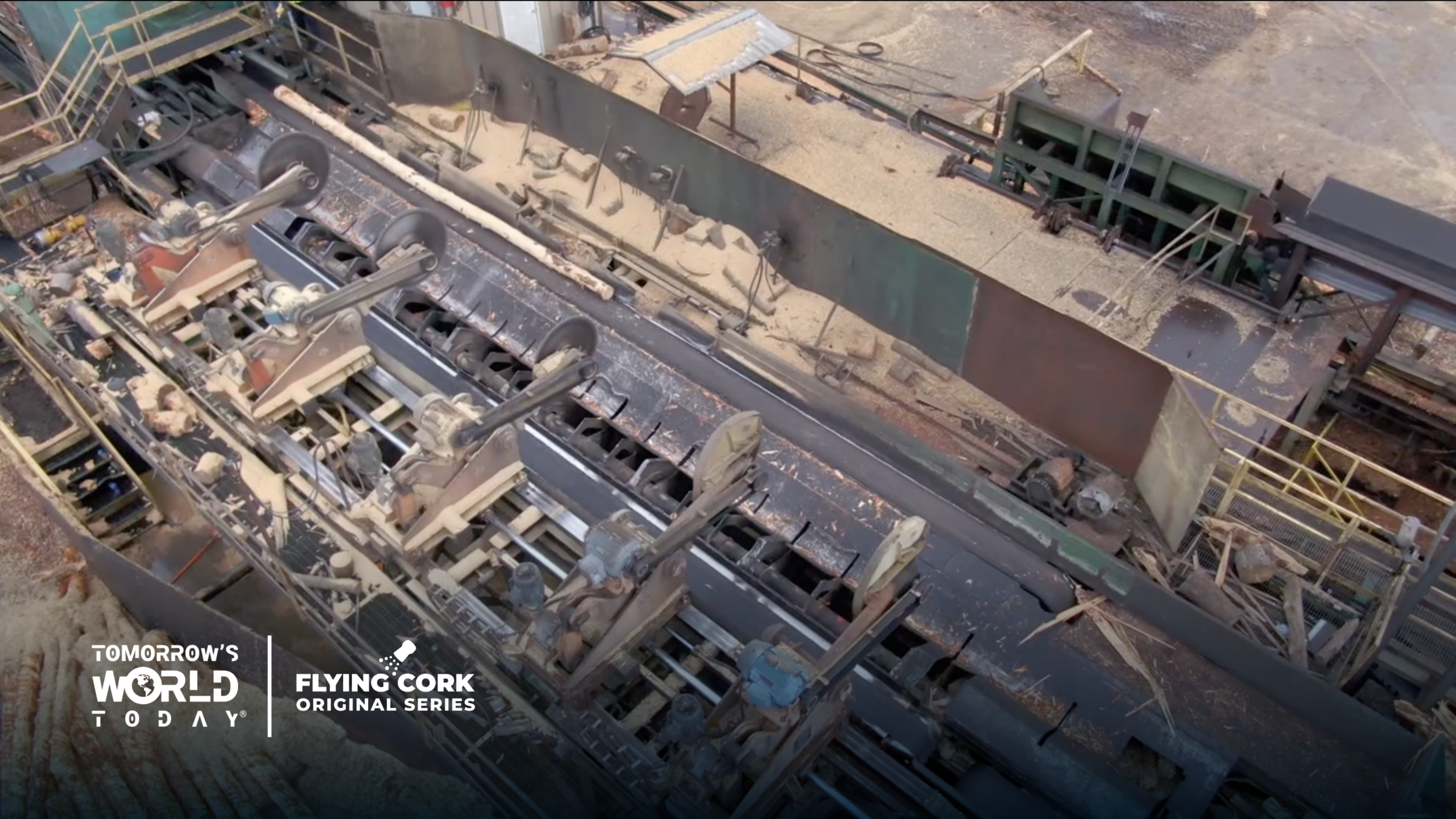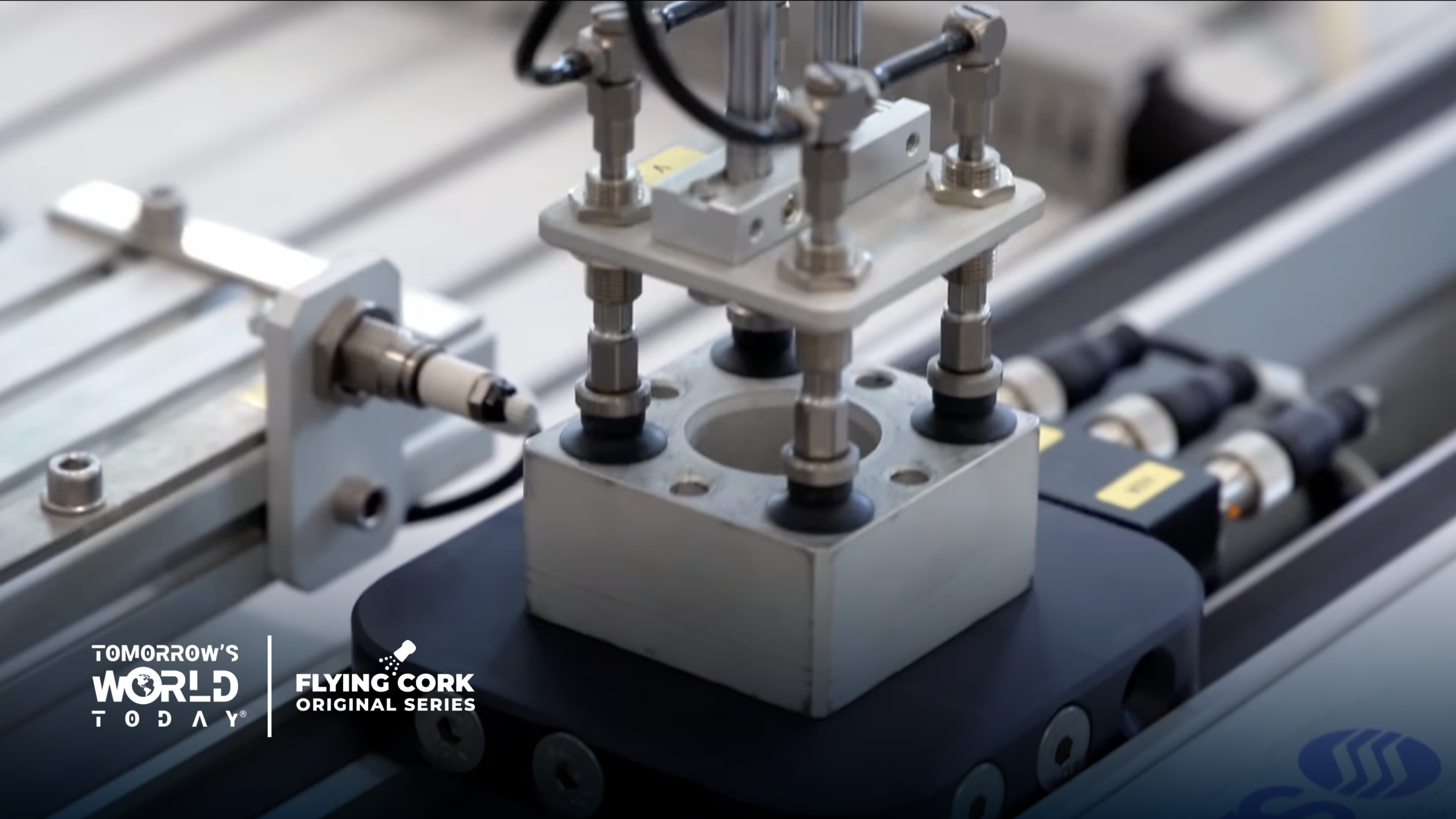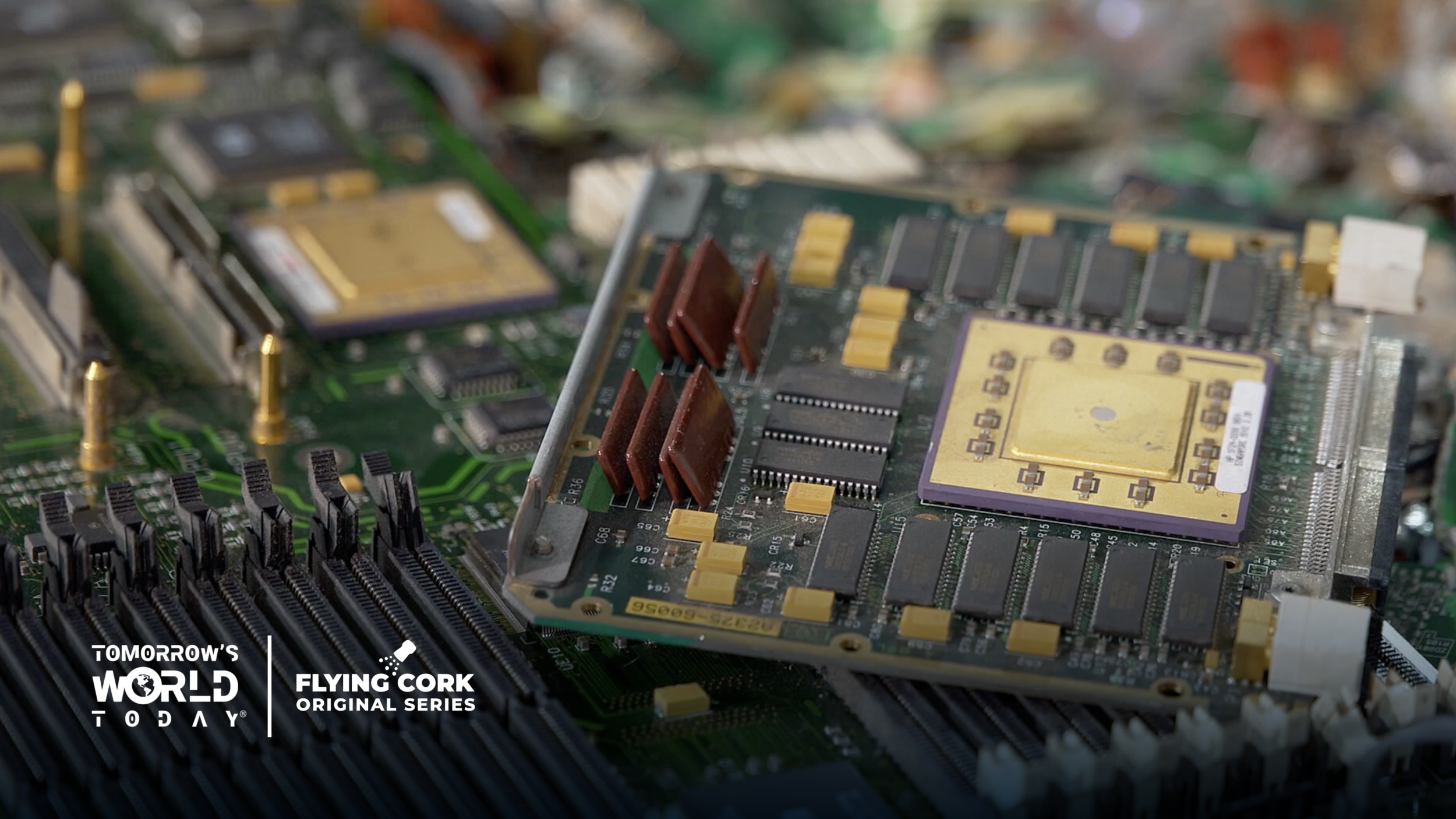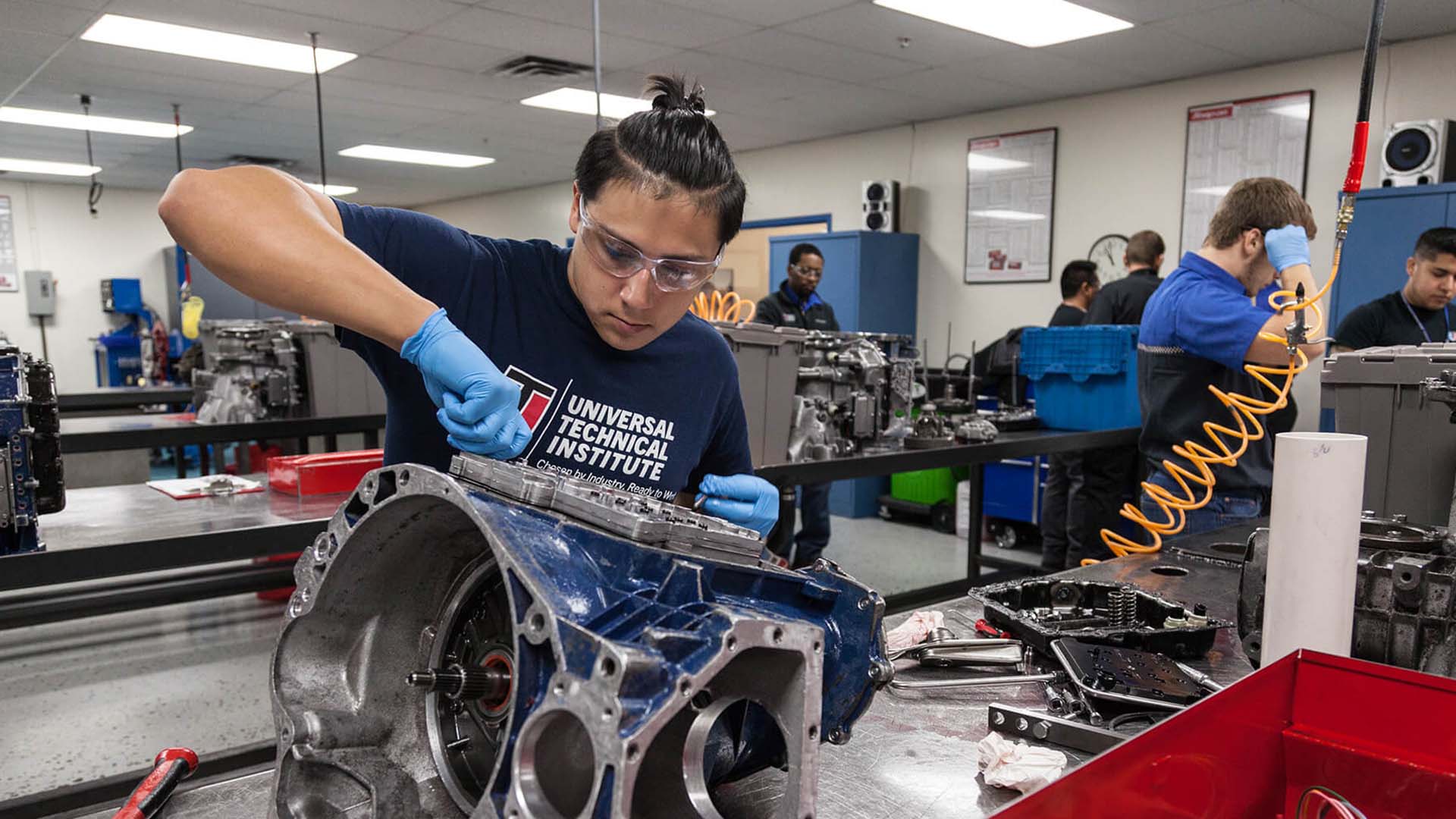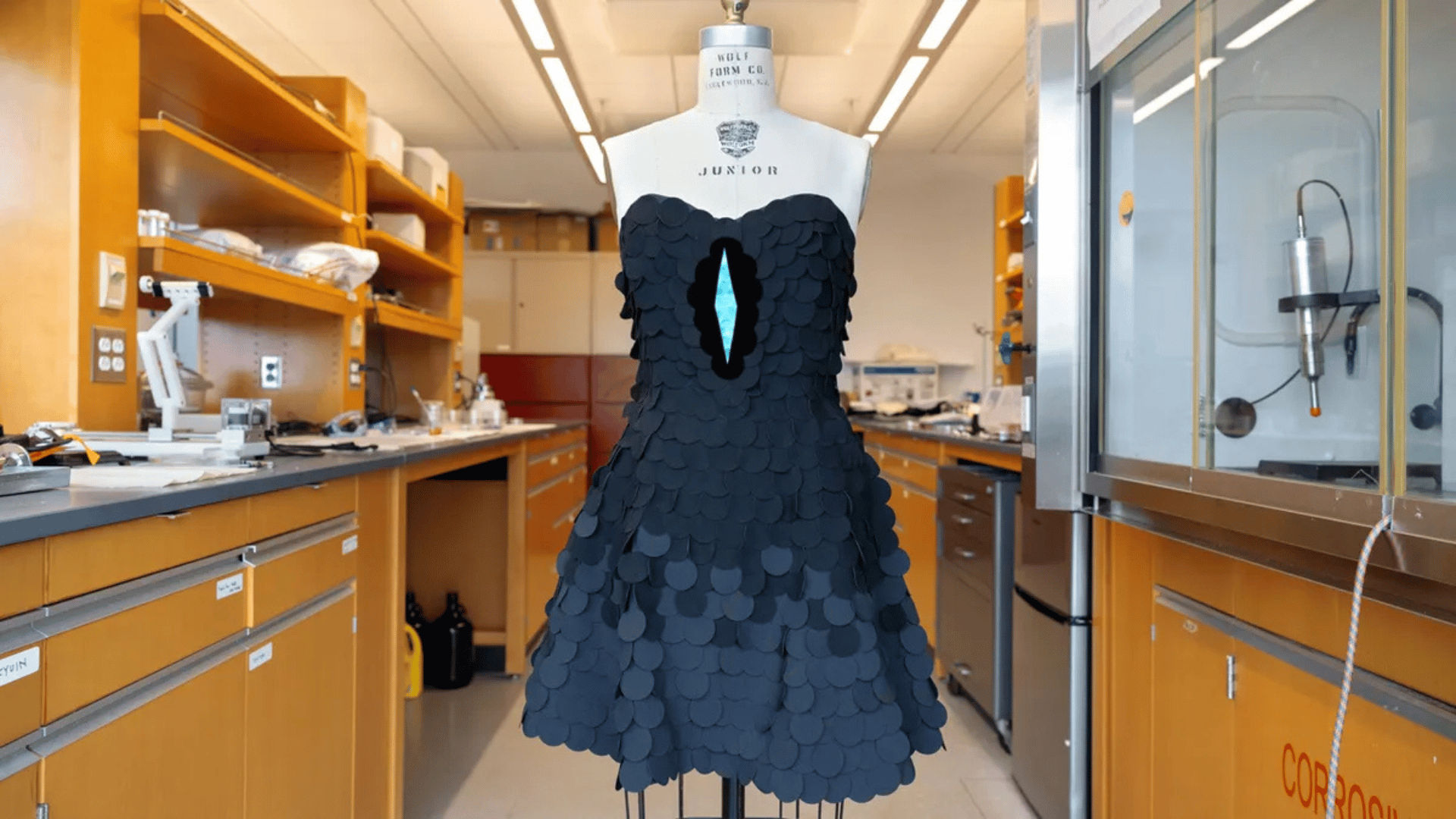 Tomorrow's World Today
Innovation
Tomorrow's World Today
Innovation
S4E14 – The Tires of Tomorrow
George sends David to the World of Innovation to explore the technology—and sustainability—behind tire manufacturing.
Back to SeasonsKeep Watching




















S4E15 – Material Science Meets Building Science




















S4E13 – The Science Behind Supplements




















S4E12 – Getting Paid to Shop




















S4E11 – Nuclear Does What, Now?




















S4E10 – Big Power in Small Packages




















S4E09 – The Past, Present, and Future of Nuclear Energy




















S4E08 – The Clean Factor




















S4E07 – Pipe Dreams




















S4E06 – Science Behind Relocation




















S4E05 – Semiconductors In Space




















S4E04 – Empty Driver’s Seat




















S4E03 – Innovations in Forestry Management




















S4E02 – The Power of Air

























